-
 Bitcoin
Bitcoin $112400
0.86% -
 Ethereum
Ethereum $4509
-0.37% -
 XRP
XRP $2.968
-0.52% -
 Tether USDt
Tether USDt $0.9999
-0.02% -
 BNB
BNB $876.4
2.10% -
 Solana
Solana $214.3
4.69% -
 USDC
USDC $0.9998
-0.01% -
 Dogecoin
Dogecoin $0.2241
1.86% -
 TRON
TRON $0.3447
-0.45% -
 Cardano
Cardano $0.8586
0.25% -
 Chainlink
Chainlink $25.26
5.76% -
 Hyperliquid
Hyperliquid $45.95
-3.38% -
 Ethena USDe
Ethena USDe $1.001
-0.01% -
 Sui
Sui $3.491
0.92% -
 Stellar
Stellar $0.3830
0.57% -
 Cronos
Cronos $0.3333
27.15% -
 Bitcoin Cash
Bitcoin Cash $557.0
0.74% -
 Avalanche
Avalanche $24.75
0.77% -
 Hedera
Hedera $0.2406
0.46% -
 UNUS SED LEO
UNUS SED LEO $9.561
-0.08% -
 Litecoin
Litecoin $113.8
0.74% -
 Toncoin
Toncoin $3.187
1.26% -
 Shiba Inu
Shiba Inu $0.00001264
0.86% -
 Polkadot
Polkadot $3.995
3.37% -
 Uniswap
Uniswap $10.04
1.61% -
 Dai
Dai $0.9999
-0.01% -
 Bitget Token
Bitget Token $4.603
-0.87% -
 Monero
Monero $269.4
-1.07% -
 Aave
Aave $317.5
-1.55% -
 Ethena
Ethena $0.6731
10.25%
Coinbase Staking Explained: How to Earn Rewards on Your Crypto
Coinbase allows users to earn staking rewards in supported cryptocurrencies like ETH, ADA, and SOL by participating in network validation, with rewards paid in kind and managed automatically by the platform.
Aug 28, 2025 at 11:29 pm
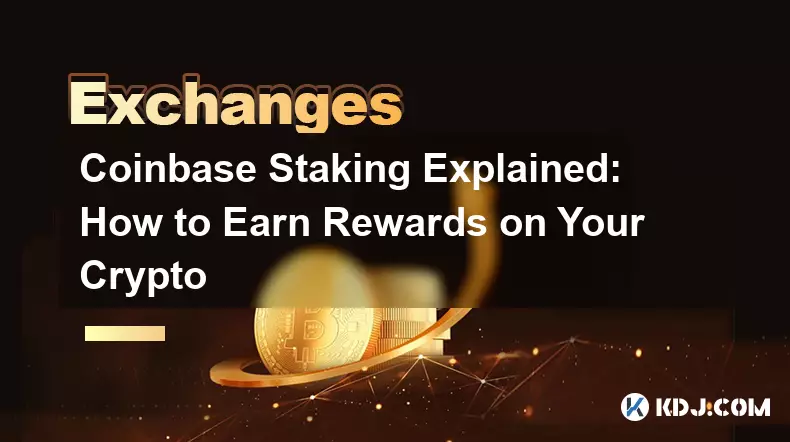
Coinbase Staking Overview
1. Coinbase staking allows users to earn rewards by locking up certain cryptocurrencies to support blockchain network operations. This process involves participating in consensus mechanisms, primarily Proof of Stake (PoS), where users help validate transactions and secure the network. In return, participants receive staking rewards, typically paid in the same cryptocurrency they stake.
2. Supported assets on Coinbase include Ethereum (ETH), Cardano (ADA), Solana (SOL), and others that operate on PoS or similar models. Each asset has its own staking rules, reward rates, and payout schedules. Users do not need technical expertise to participate, as Coinbase manages the staking process on their behalf.
3. When users stake through Coinbase, they are not transferring ownership of their assets. Instead, the platform handles node operation, uptime, and protocol compliance. This removes the need for users to run their own validators or worry about technical failures affecting their rewards.
4. Rewards are distributed periodically, often daily or weekly, and compounded automatically in most cases. The annual percentage yield (APY) varies based on network conditions, total staked supply, and protocol-specific incentives. These rates are displayed on the Coinbase interface and updated regularly.
5. Staking on Coinbase is accessible through both the web platform and mobile app. Users can initiate staking with as little as one unit of a supported cryptocurrency. The process is designed to be user-friendly, with clear instructions and real-time tracking of earned rewards.
Risks and Considerations
1. Staked assets are subject to network-specific lock-up periods during which they cannot be withdrawn or traded. For example, unstaking Ethereum involves a mandatory waiting period governed by the Ethereum protocol, which can last several days. During this time, users cannot access their funds even if market conditions change.
2. Market volatility presents a significant risk. While staking generates yield, the value of the underlying cryptocurrency may decrease, potentially offsetting any gains. A user could earn consistent rewards in tokens but still experience a net loss if the token price drops substantially.
3. Regulatory uncertainty affects staking in certain jurisdictions. Some financial authorities have questioned whether staking rewards constitute unregistered securities or taxable income. Users must stay informed about local regulations and potential tax implications of earning staking rewards.
4. Protocol risks exist if a network experiences bugs, forks, or slashing events. In PoS systems, validators can be penalized for malicious behavior or downtime. Although Coinbase absorbs these penalties on behalf of users, extreme scenarios could impact reward distribution or fund safety.
5. Liquidity constraints arise because staked assets are effectively immobilized. This limits a user’s ability to react to trading opportunities or emergencies. Users should evaluate their financial needs before committing funds to staking.
How to Start Staking on Coinbase
1. Log in to your Coinbase account and navigate to the 'Earn' section. Here, you will see a list of available staking opportunities with current APY rates and supported cryptocurrencies. Each option includes a brief explanation of the network and staking mechanics.
2. Select the cryptocurrency you wish to stake. You must already own the asset and have it stored in your Coinbase wallet. Click the 'Stake' button and enter the amount you want to commit. The platform will display estimated rewards based on current rates.
3. Review the terms, including lock-up duration, reward frequency, and any applicable fees. Confirm your selection to begin staking. The assets are then pooled with others and used to participate in network validation.
4. Monitor your staking dashboard to track accumulated rewards, uptime performance, and network status. Coinbase provides detailed reports showing daily earnings and historical performance for each staked asset.
5. To unstake, return to the staking interface and initiate the withdrawal process. Be aware of the required unbonding period, which varies by network. Funds will only become available after this period concludes.
Frequently Asked Questions
What happens to my staking rewards if I unstake?Rewards earned up to the point of unstaking remain yours. Once you initiate unstaking, no further rewards accrue. You will receive all previously earned rewards once the unbonding period ends and funds are released.
Can I lose money by staking on Coinbase?Yes, if the price of the staked cryptocurrency drops significantly, the market value of your holdings may decline even if you earn staking rewards. Additionally, during network issues or slashing events, reward distribution could be temporarily halted.
Are staking rewards paid in the same cryptocurrency I stake?Yes, Coinbase pays staking rewards in the native token of the network you are supporting. For example, staking ETH yields ETH rewards, and staking ADA yields ADA rewards. There is no option to receive rewards in USD or other currencies.
Does Coinbase charge fees for staking?Coinbase deducts a service fee from staking rewards, which varies by asset. This fee covers operational costs such as node maintenance and network compliance. The exact percentage is disclosed before you begin staking and is subtracted automatically from your earnings.
Disclaimer:info@kdj.com
The information provided is not trading advice. kdj.com does not assume any responsibility for any investments made based on the information provided in this article. Cryptocurrencies are highly volatile and it is highly recommended that you invest with caution after thorough research!
If you believe that the content used on this website infringes your copyright, please contact us immediately (info@kdj.com) and we will delete it promptly.
- XRP Price, Large Transactions, Record Volume: What's the Buzz?
- 2025-08-29 07:05:12
- Trump Price Rebounds: Canary Capital's Spot TRUMP ETF Sparks Frenzy
- 2025-08-29 07:05:12
- 21Shares, SEI ETF, and Token Rewards: A New Era for Crypto ETFs?
- 2025-08-29 07:25:13
- DYDX Price Surges Amid Platform Launches and Community Upgrade Buzz
- 2025-08-29 07:25:13
- Helium (HNT) Crypto: Altcoin Overhaul Setting Up for a Breakout?
- 2025-08-29 05:05:28
- Shiba Inu: Whale Activity and Exchange Inflows - A Deep Dive
- 2025-08-29 05:25:19
Related knowledge
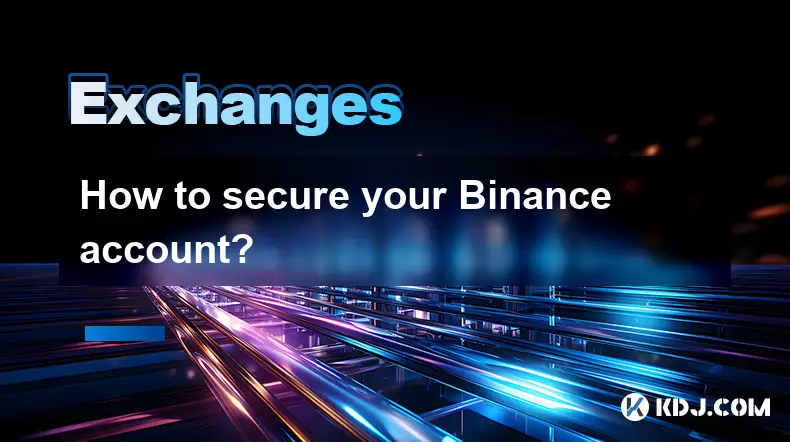
How to secure your Binance account?
Aug 29,2025 at 07:01am
Enable Two-Factor Authentication1. Navigate to your Binance account settings and locate the security section. Activate Google Authenticator for a time...

How to calculate Binance futures trading fees?
Aug 29,2025 at 06:57am
Understanding Binance Futures Fee Structure1. Binance futures trading operates on a dual fee model consisting of taker and maker fees. These fees vary...
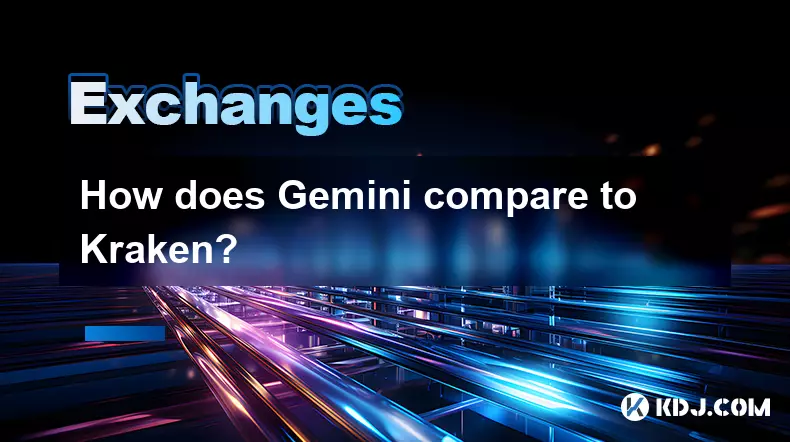
How does Gemini compare to Kraken?
Aug 29,2025 at 07:42am
Gemini vs Kraken: Exchange Structure and Regulatory Approach1. Gemini operates under a New York Trust Charter, which grants it the status of a regulat...
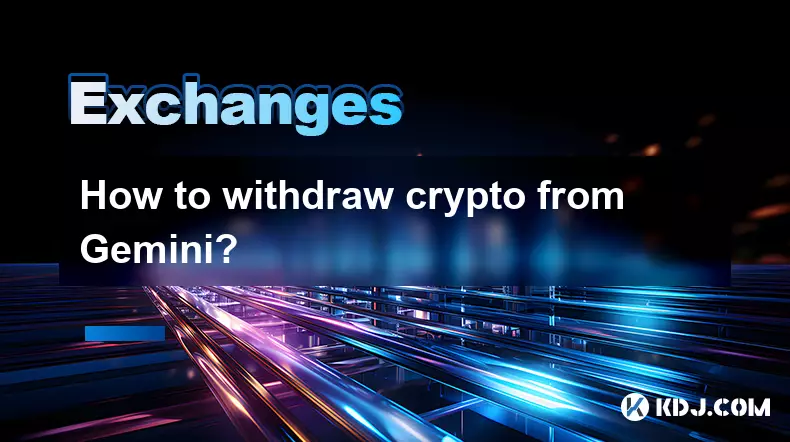
How to withdraw crypto from Gemini?
Aug 29,2025 at 07:15am
Understanding the Withdrawal Process on Gemini1. Log in to your Gemini account using your secure credentials. Navigate to the 'Balances' section, wher...
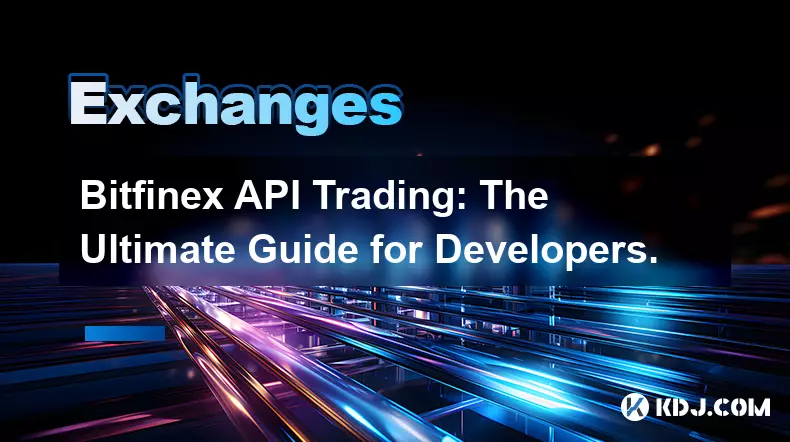
Bitfinex API Trading: The Ultimate Guide for Developers.
Aug 29,2025 at 06:29am
Understanding Bitfinex API Basics1. Bitfinex provides a comprehensive REST and WebSocket API that allows developers to interact with its trading engin...
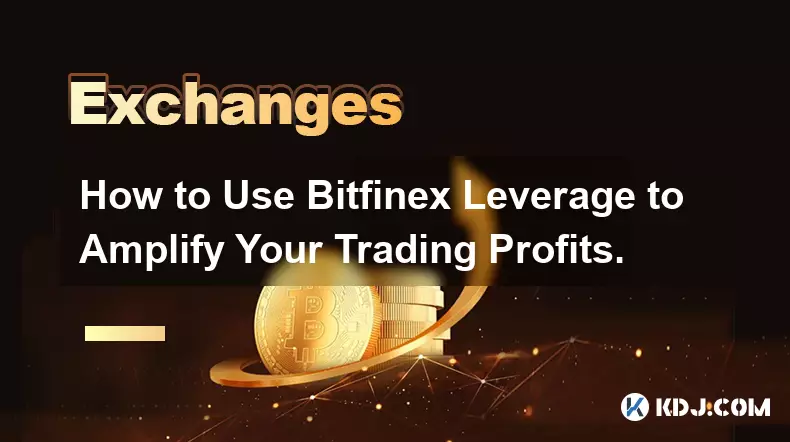
How to Use Bitfinex Leverage to Amplify Your Trading Profits.
Aug 29,2025 at 05:28am
Understanding Bitfinex Leverage Mechanics1. Bitfinex offers margin trading that allows users to borrow funds and increase their market exposure beyond...

How to secure your Binance account?
Aug 29,2025 at 07:01am
Enable Two-Factor Authentication1. Navigate to your Binance account settings and locate the security section. Activate Google Authenticator for a time...

How to calculate Binance futures trading fees?
Aug 29,2025 at 06:57am
Understanding Binance Futures Fee Structure1. Binance futures trading operates on a dual fee model consisting of taker and maker fees. These fees vary...

How does Gemini compare to Kraken?
Aug 29,2025 at 07:42am
Gemini vs Kraken: Exchange Structure and Regulatory Approach1. Gemini operates under a New York Trust Charter, which grants it the status of a regulat...

How to withdraw crypto from Gemini?
Aug 29,2025 at 07:15am
Understanding the Withdrawal Process on Gemini1. Log in to your Gemini account using your secure credentials. Navigate to the 'Balances' section, wher...

Bitfinex API Trading: The Ultimate Guide for Developers.
Aug 29,2025 at 06:29am
Understanding Bitfinex API Basics1. Bitfinex provides a comprehensive REST and WebSocket API that allows developers to interact with its trading engin...

How to Use Bitfinex Leverage to Amplify Your Trading Profits.
Aug 29,2025 at 05:28am
Understanding Bitfinex Leverage Mechanics1. Bitfinex offers margin trading that allows users to borrow funds and increase their market exposure beyond...
See all articles


























![28 August 2025 - [Evening]Mr Mint (MNT) Zoom Call | Latest Update & Future Plans | Stepmint | 28 August 2025 - [Evening]Mr Mint (MNT) Zoom Call | Latest Update & Future Plans | Stepmint |](/uploads/2025/08/29/cryptocurrencies-news/videos/august-evening-mint-mnt-zoom-call-update-future-plans-stepmint/68b08b4c56a56_image_500_375.webp)





























































